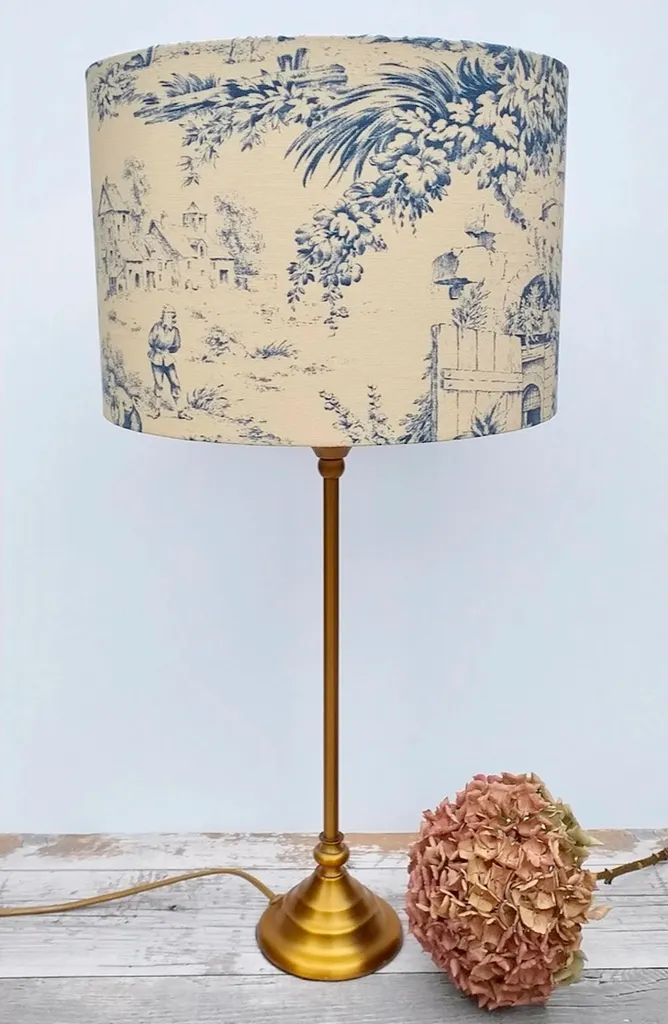Think of toile de Jouy and charming images of rural idylls will spring to mind. ‘Pastoral romantic is the genre everyone thinks of. Ladies, gentlemen, arbours and fountains,’ says French antique textiles dealer Katharine Pole, who has been buying and selling toile fabric for 25 years. ‘But there are many different genres.’ Indeed, themes and motifs for this style of printed cotton covered diverse subject matter, from florals and fables to Greek mythology and scientific advancements.

What does toile de Jouy mean in French?
Now a generic term for fabrics bearing these scenes, ‘toile de Jouy’ is actually French for ‘cloth from Jouy’, and referred specifically to the printed cloth produced by Christophe-Philippe Oberkampf (1738-1815) in the French town of Jouy-en-Josas near Paris from 1760 to 1843. ‘Oberkampf at Jouy was one of the main manufacturers but there were manufacturers all over France doing their own versions of toile,’ says Katharine.
When did toile de Jouy become popular?
The French obsession with decorative fabrics began when vibrant Indian chintzes were introduced to France in the 17th century. ‘At this time, India was the largest producer of cotton textiles in the world and the brightly coloured patterns found on chintzes, executed using sophisticated block-printing techniques, were a revelation to Europeans,’ writes Sarah Grant, Curator in the prints, drawings and paintings department at the Victoria & Albert Museum, in her book Toiles de Jouy: French Printed Cottons.
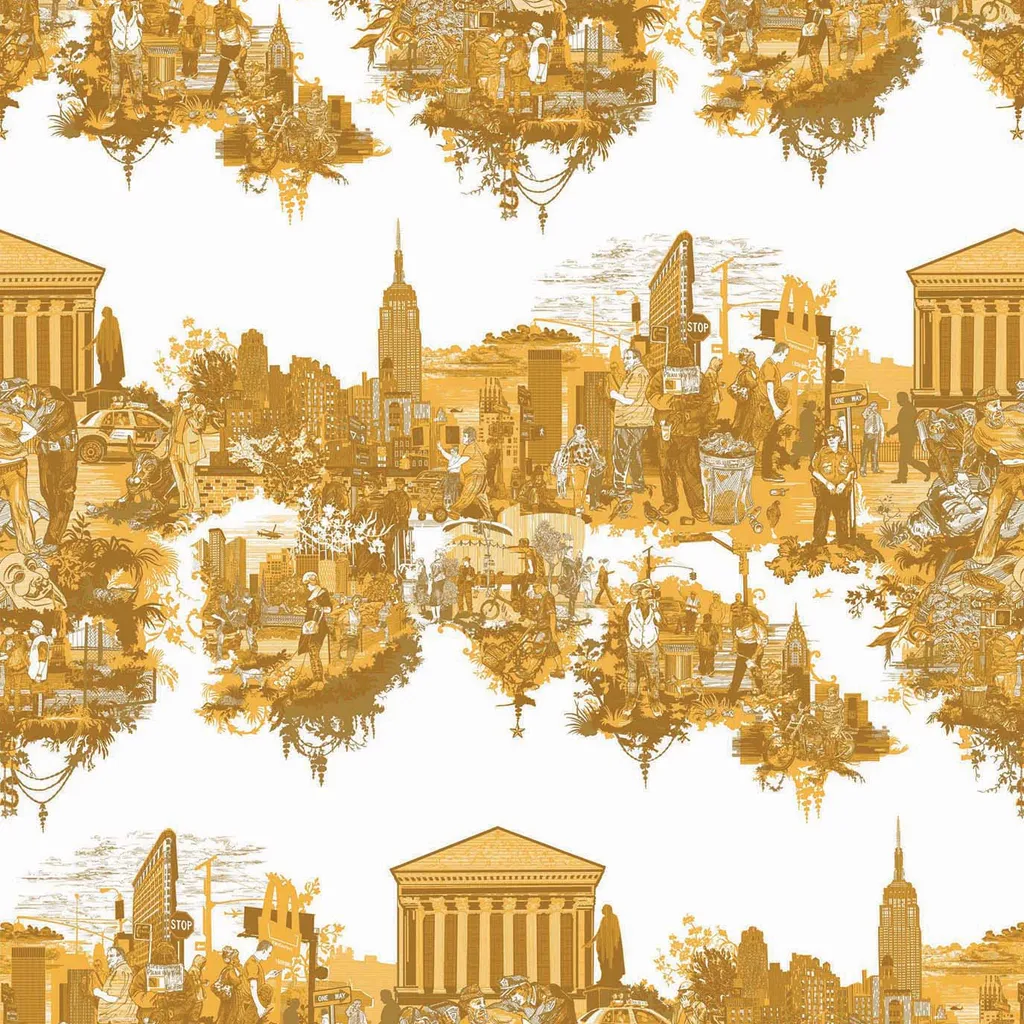
However, imported Indian cottons had a ruinous impact on French wool and silk weavers, and in 1686 the French Royal Council of State banned them. The ban was lifted in 1759 and many new factories were founded, including Manufacture Oberkampf, igniting the French printed cotton industry.
It was Francis Nixon, an Irishman, who invented the copper plating technique that made it simpler to print the large, detailed repeat patterns required for these intricate designs. Before copperplate, traditional Indian woodblocks were used. The English had also been printing toile, and Robert Jones’ ‘The Peacock in the Ruins’ was popular in 1761.
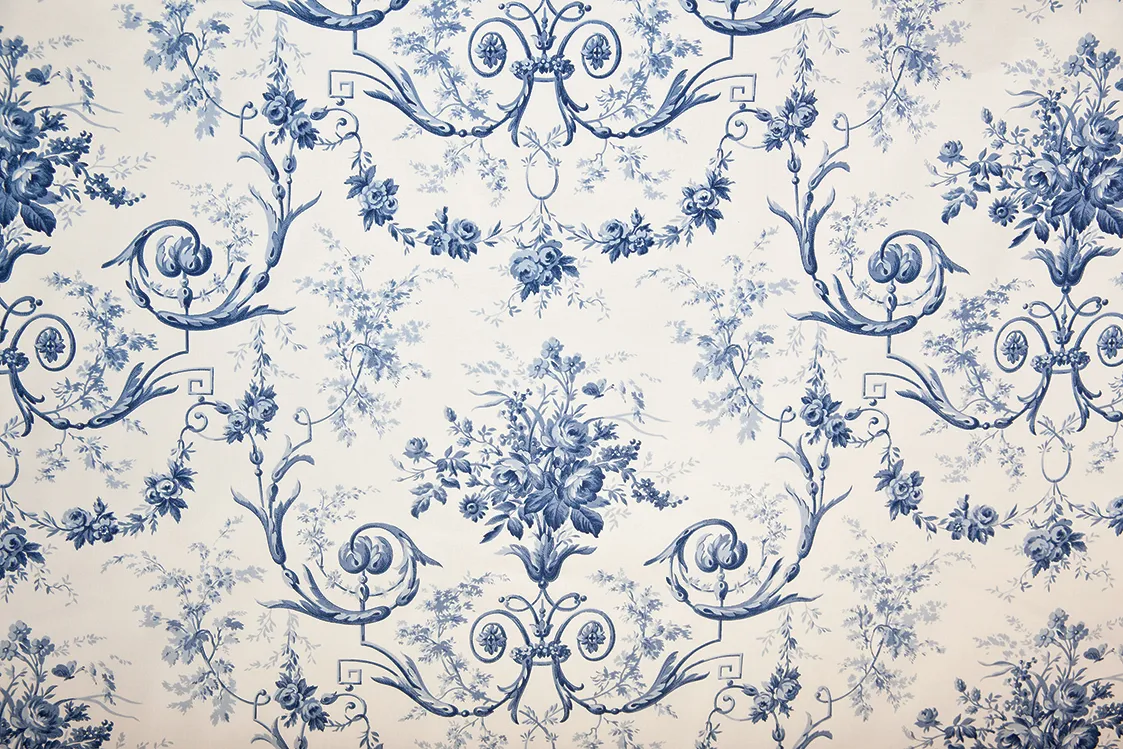
What to look out for in 18th-century toile de Jouy
When looking at antique toile from the mid to late 18th century, Katharine Pole says you’ll notice the drawing is beautifully done and much finer than later versions. Indeed, Oberkampf commissioned the best artists of the day, including painter Jean-Baptiste Huet, to design scenes that reflected contemporary interests, such as the first hot air balloon flight and Bastille Day.
‘A really rare toile is one of the factory at Jouy by Huet that shows scenes of the stages of printing textiles,’ says Katharine. ‘I have never found it.’ And toile was never pale pink – that is the result of centuries of ageing. ‘Raspberry red or stronger is the most common colour,’ says Katharine. ‘There is also blue bisque and purple, which is early 19th-century. Toile is typically monotone, but occasionally you’ll find some with multiple colours.’
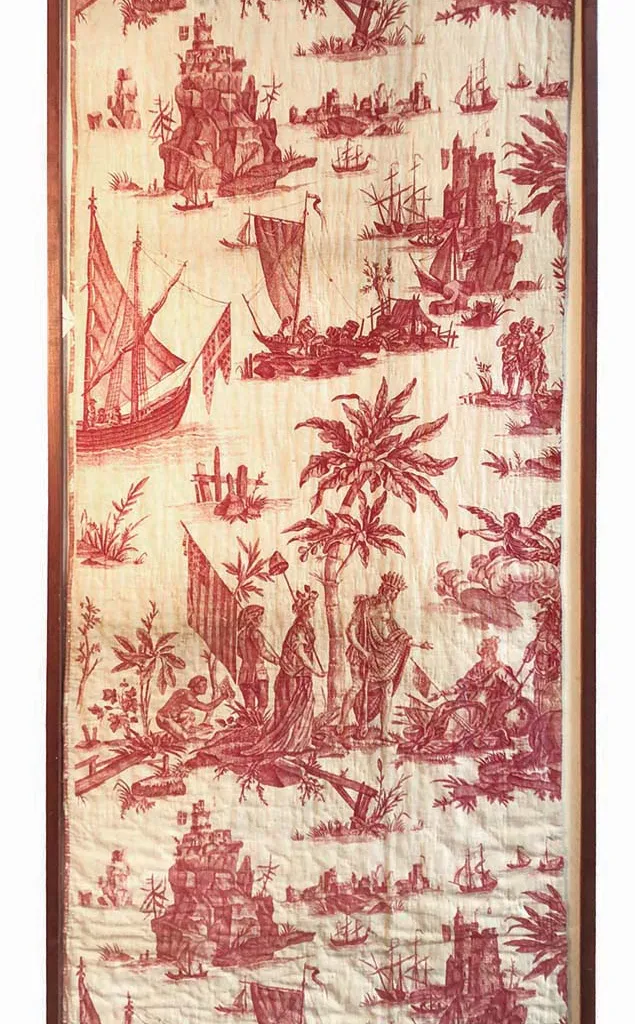
Katharine says that the most likely antique examples of toile you’ll find today are small pieces of the fabric, which are usually made into cushions or framed if fragile, or as pelmets on four-poster beds. ‘A bedroom would have been furnished completely with toile – the walls, mirrors, bed hangings and chairs.’
Nantes was another important centre for textile printing in France and Katharine prefers these toiles, especially by the manufacturer Petitpierre Frères. ‘They’re not quite as precious looking. They are hearty in a funny way, always lively,’ she says.
When it comes to buying antique toile, Katharine says that earlier examples have rougher cloth and that you identify the manufacturer by the designs as they were rarely marked. ‘The more you look, the more you will notice,’ she adds. ‘Some designs you come across again and again, while others are becoming harder to find.’
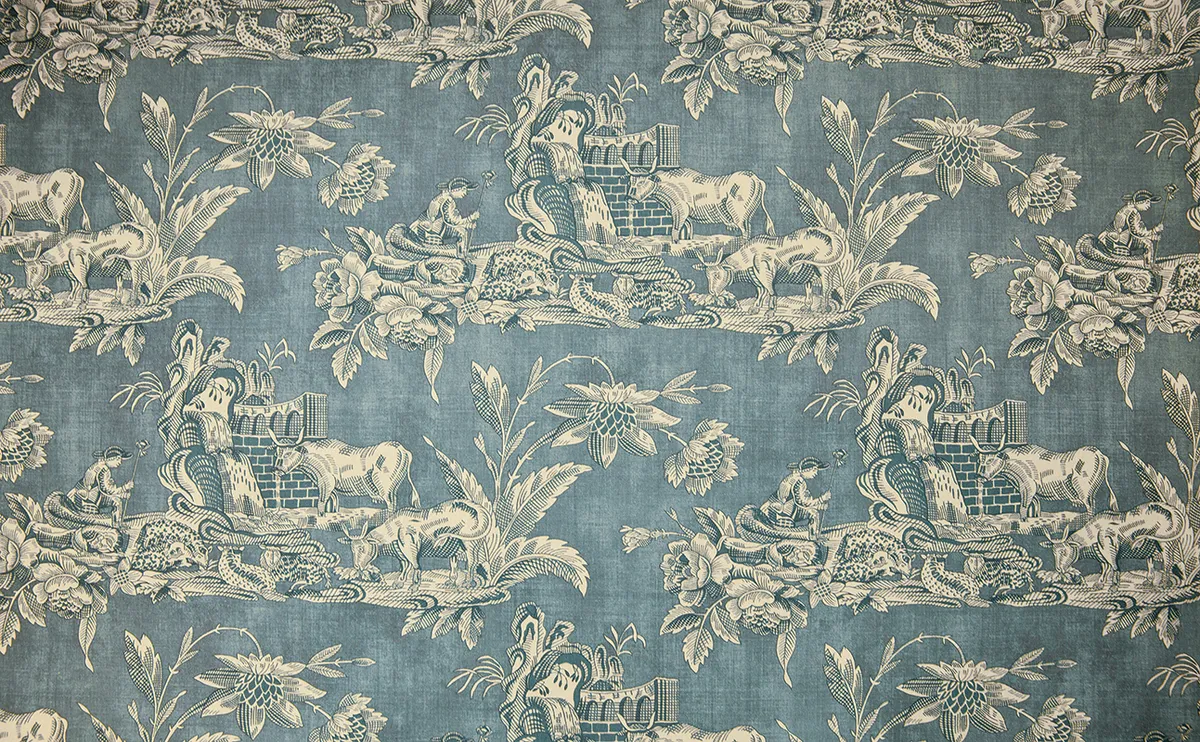
If you like the idea of toile but find the older versions too quaint, seek out current designs with a modern twist. Manuel Canovas has updated the colour schemes and used bold shades, while designers Alistair McAuley and Paul Simmons of Timorous Beasties have produced a range with urban rather than rural settings.
‘The imagery in the original toiles was quite sinister, depicting scenes that were then ‘contemporary’, but we now see as looking traditional,’ says Alistair. ‘Some scenes showed the factory at Jouy, and workers relaxing and drinking, dancing and womanising. We didn’t change much for the Glasgow Toile – a glass of wine became a can of lager, a pipe became a rollie, an old man sitting on a stool in a rural scene became a tramp on a park bench. What we love about toiles is that they are traditional designs that have stood the test of time.’
Toile de Jouy buyer's guide – pay the right price
There are beautiful patterned textiles to suit all tastes and budgets
At the height of its popularity in the late 18th and early 19th centuries, women of all classes, including Marie Antoinette, hankered for toile de Jouy, but its appeal petered out in the 1820s. However, toile is popular today, both in interiors and fashion. Eye-catching outfits have graced the catwalks in the last year or so, with more emerging.
Katharine Pole says you can build up an interesting collection of toile de Jouy textiles without breaking the bank. ‘A small piece of toile will cost about £50,’ she adds. Quilts and bed hangings command the most money, around £1,000 to £2,000. Katharine explains that value depends on rarity, the size of the piece and its condition (fabrics are sometimes stained). ‘You find a lot of quilted toile, which would have been used for bed covers and hangings,’ she says.
The best toile de Jouy homeware to buy now
Toile de Jouy sauvage blanket
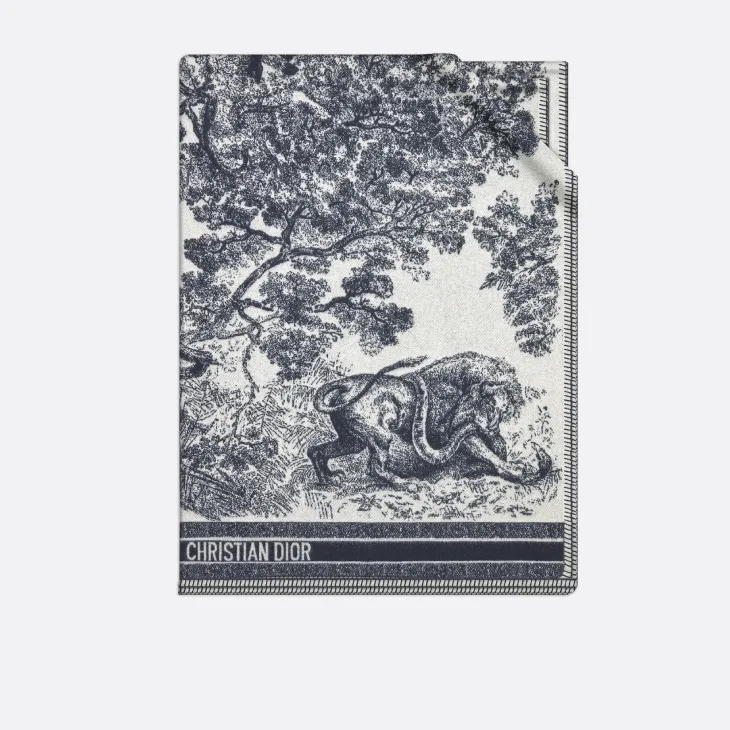
Buy toile de Jouy sauvage blanket from Dior (£2,600)
Amazonia toile large boudoir cushion
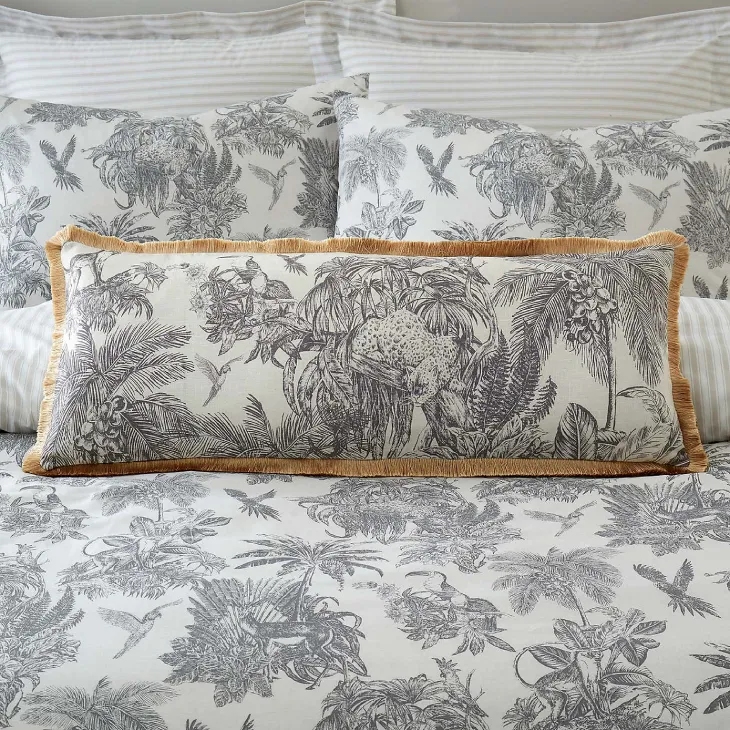
Buy Amazonia toile large boudoir cushion from Dunelm (£22)
Countryside morning wallpaper
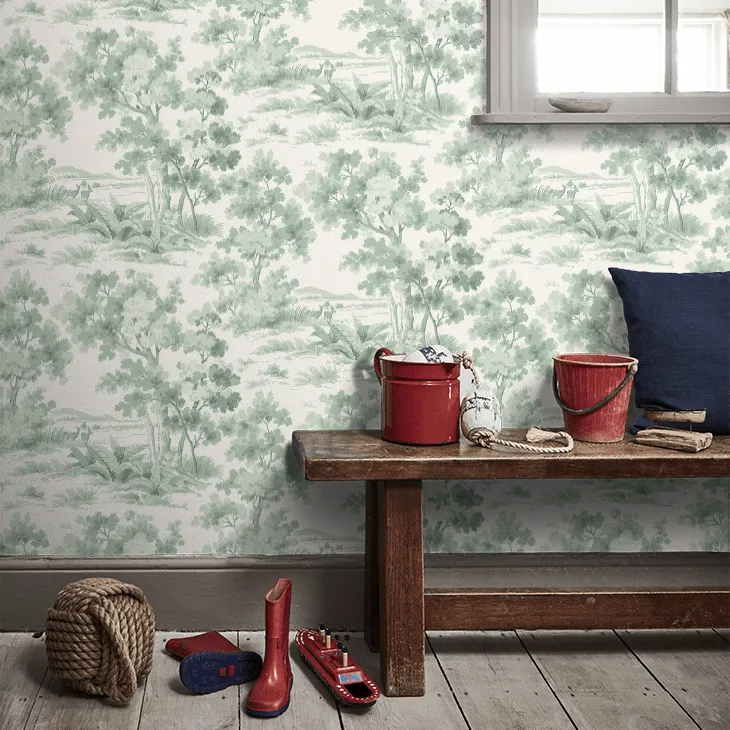
Buy countryside morning wallpaper from Wallpaper Direct (£65)
Toile zen in red lampshades by Berry & Grouse
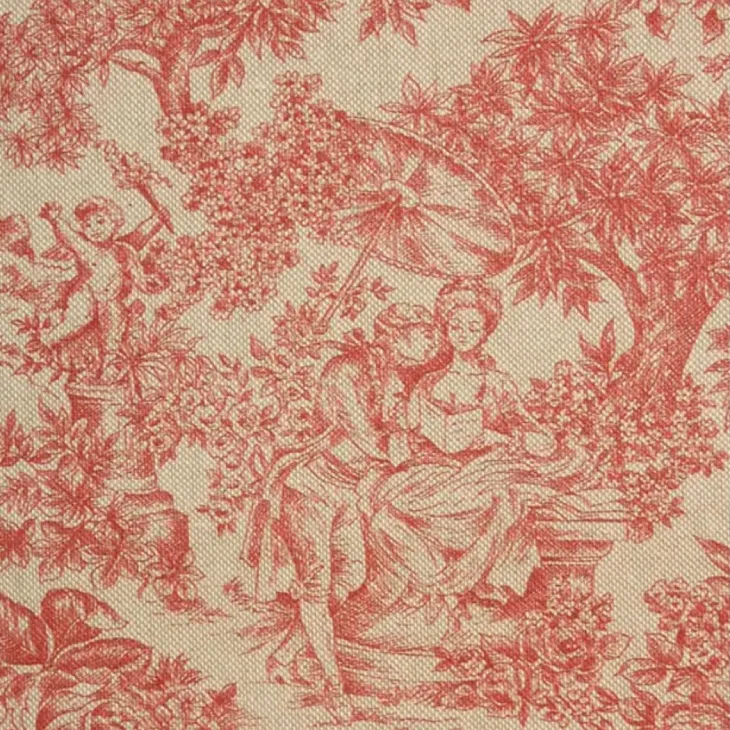
Buy toile zen in red lampshades by Berry & Grouse from Etsy (from £18.50)
Hydrangea candle
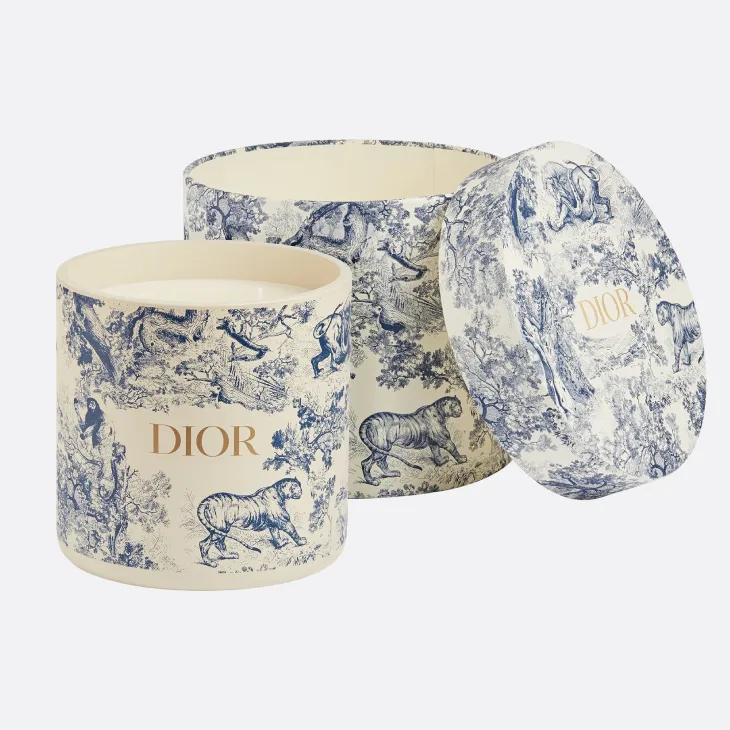
Buy hydrangea candle from Dior (£380)
4 Pieces Cutlery Set
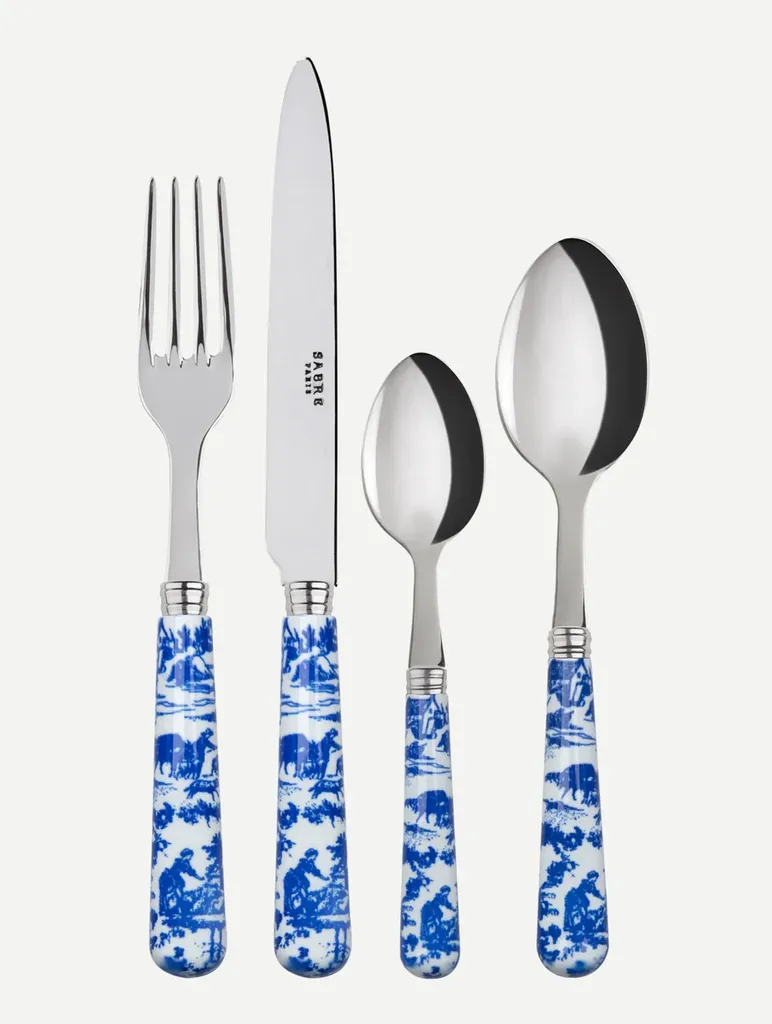
Buy 4 pieces cutlery set from Sabre Paris (£68.40)
Toile de Jouy Metal Tissue Box Cover - hand painted
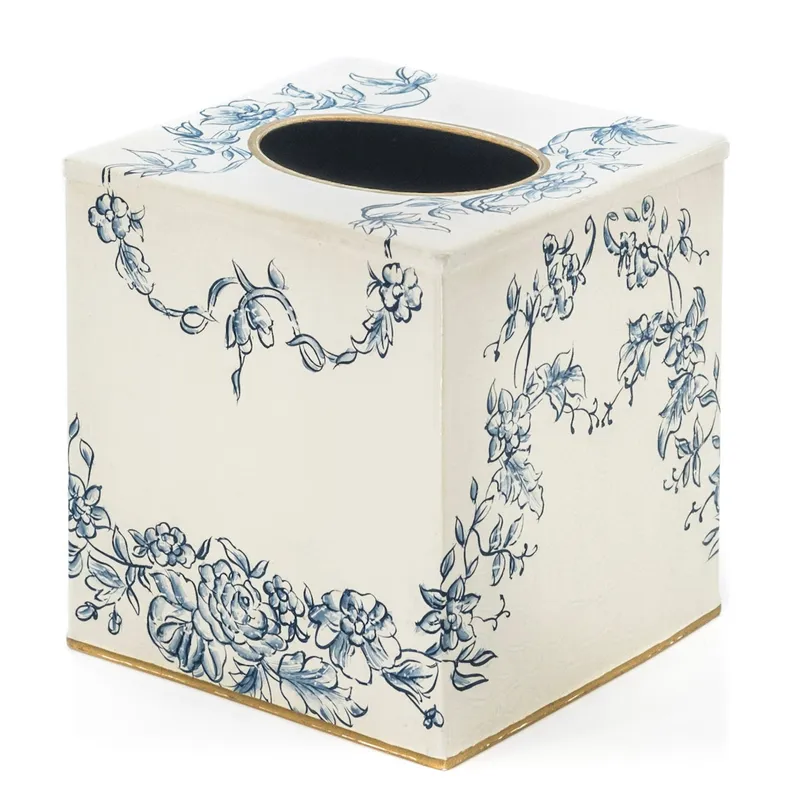
Buy Toile de Jouy metal tissue box cover (£47.50)
Toile de Jouy Blue and Cream Lampshade
